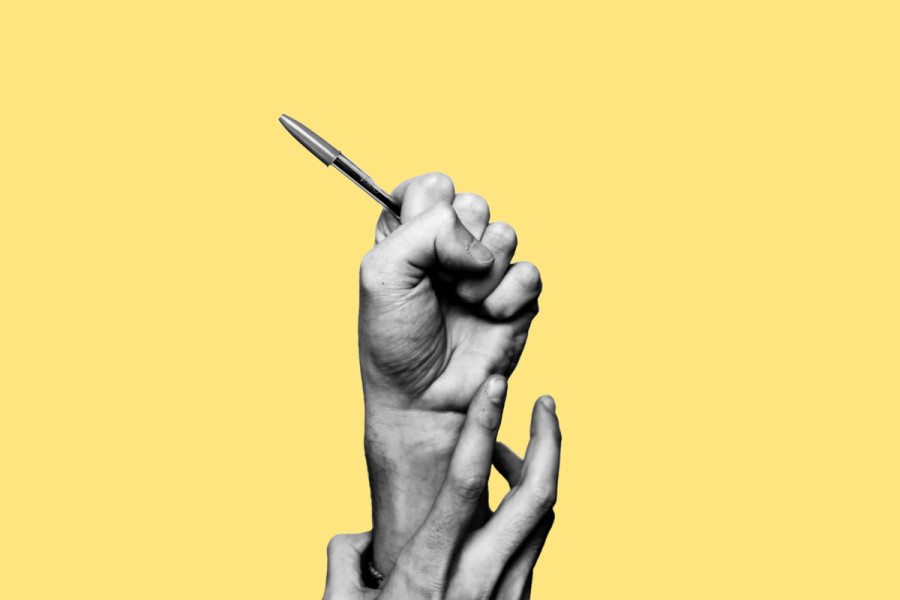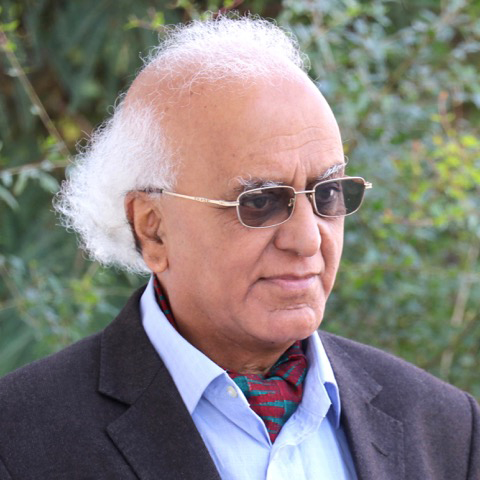Columns
Odyssey of Nepali media
Nepali media deserve a cheer for their vigilance, boldness and service.
Abhi Subedi
Odyssey is the story of an adventurous journey. Its semantic association with epic poetry and its protagonist is very well known. We live in times when adventures are made but they fail to create halos around performers. The powerful leader of a powerful country may love to project the image of a hero, but he may end up performing only burlesques. My reason for using the word 'odyssey' for the Nepali media has the following reasons.
I had never focussed on the media as I did in the last couple of months, working under the lockdown. Reading classics, poetry anthologies, and philosophical and historical theories would not have given a picture of the reality around me. So I seriously focussed on Nepali print, audio, and visual media. Besides the broadsheet papers that came to my gate, I read online media and sat glued to the television to watch serious news and reporting. At the end of this rigmarole, I emerged wiser, like a character in Anton Chekhov's short story ‘The Bet’. The protagonist who chooses to stay in confinement for 15 years to prove that imprisonment is better than capital punishment becomes so wise after reading books there that he decides to forego the bet; he flees by jumping out of the window. I realised I’d become wiser on one score—Nepali media have proved that they are strong, responsible and courageous.
I do not want to name a particular media, as there are many. But some sections of the Nepali media have been the only sources of information about the people's predicament. Not a single political party—revolutionary, democratic or conservative—did create portals to report the events, analyse the deviant paths of the ruling party, its government, and the opposition parties locked in leadership battles. The media have reported almost every important issue. I don't have to name who did that; I leave it to the judgement of the audience. During these weeks and months of lockdown, the media—their reporters, opinion makers, reviewers and visitors—have done exemplary work, making sure no issue went unnoticed. They laid bare the untimely intraparty feuds and the evolution of the uncanny practices in matters of the spending of money and earning through unfair means. Media reporting has foregrounded these questions brilliantly well. Were it not for the media going out despite hazardous conditions and reporting the public's miserable plight—along with events, from the political to the economic—who else would have done it? Who else would have reported and analysed the situations freely and boldly if not the free media of Nepal during such difficult times, despite overt or covert threats from the government?
Despite the political transformation—people's uprisings, political agreements, the promulgation of the republication constitution and the establishment of a majority government—one caveat remains to be addressed here: the role of journalism in drafting new history. Nepali journalism during democratic times has resisted various state interventions and been confronted by the attitudes of a conservative society. But they have worked in the twilight zones of history and continue to do so today. John Lloyd, a very prominent British journalist and editor of Financial Times Magazine, in his famous book What The Media Are Doing To Our Politics (2004) has this to say about media and history: ‘Journalists give the first draft of history: historians may do a quite different draft, but most people don't read the histories—so for them it's the first and last’.
Did Nepalis read history from the first draft given by the journalists? This is a debatable question. Journalists have written about their struggles and their experiences in Nepal. I would not say that the journalists gave the first draft of history in Nepal because the concept of the history of the later times—of the democratic times in Nepal—has not yet taken a clear shape. Pratyoush Onta in an article ‘Critiquing the Media Boom’ included in a Himal book entitled State of Nepal (2002) gives a picture of the factors that were responsible 'for media growth' and their 'structural characteristics' in democratic times.
‘Journalists did not give the first draft of history’, but as I read the memoirs of some senior journalists like Purushottam Dahal's Mero Patrakarita (2073 BS) and Harihar Birahi's Aago Nibheko Chhaina (2073 BS), and the journalistic accounts of events like Hari Bahadur Thapa's Rajgaj (2074 BS), Basanta Basnet's 72 ko Bismaya (2075 BS) and Sudheer Sharma's The Nepal Nexus (2076 BS), I clearly saw the unstable relationship between media and history. These journalists have captured different moments of change in Nepali politics; one common element in their books is the picture of the unstable times in Nepali politics. The present state of Nepali politics, the quest for a picture of stability, the communist government’s ignoring serious social issues like the discrimination and even murder of Dalit youths, and the general marginalisation of the poor people and the farmers in contradistinction to their touted slogans of social change—they all present the picture of a history that looks chaotic.
What I admire is the performance of the various forms of media, their free yet restrained and bold reporting and analyses. Commentators who come from different backgrounds and trainings have published brilliant analyses of the events and have laid down their own solutions to the problems. In various countries, rulers have shocked people by using the pandemic to augment their own power positions by playing the fear card. Among others, I read Noam Chomsky's articles about this state of affairs, the gist of which is that the pandemic is used by rulers in various political structures, seeking every opportunity to establish and prolong control. One other uncanny development is that governments have been implementing policies with great flourish by taking advantage of the pandemic. But people can break the silence if their patience is put to a very hard test.
Cheers to Nepali media for their vigilance, boldness and service.
***
What do you think?
Dear reader, we’d like to hear from you. We regularly publish letters to the editor on contemporary issues or direct responses to something the Post has recently published. Please send your letters to [email protected] with "Letter to the Editor" in the subject line. Please include your name, location, and a contact address so one of our editors can reach out to you.




 6.12°C Kathmandu
6.12°C Kathmandu















